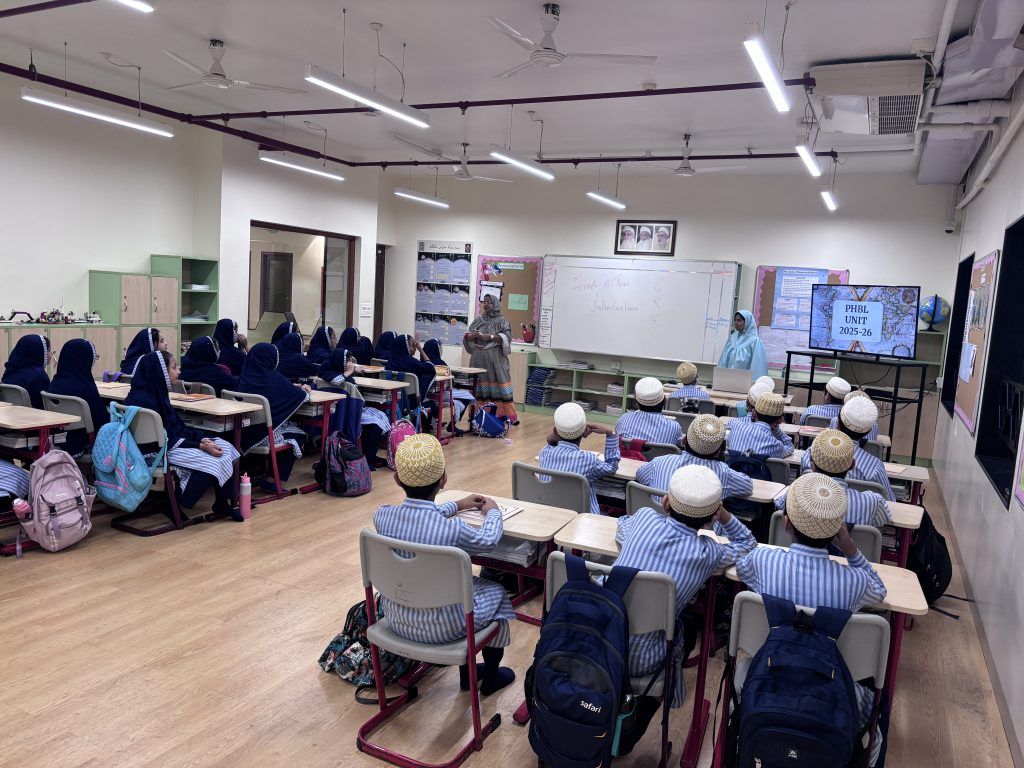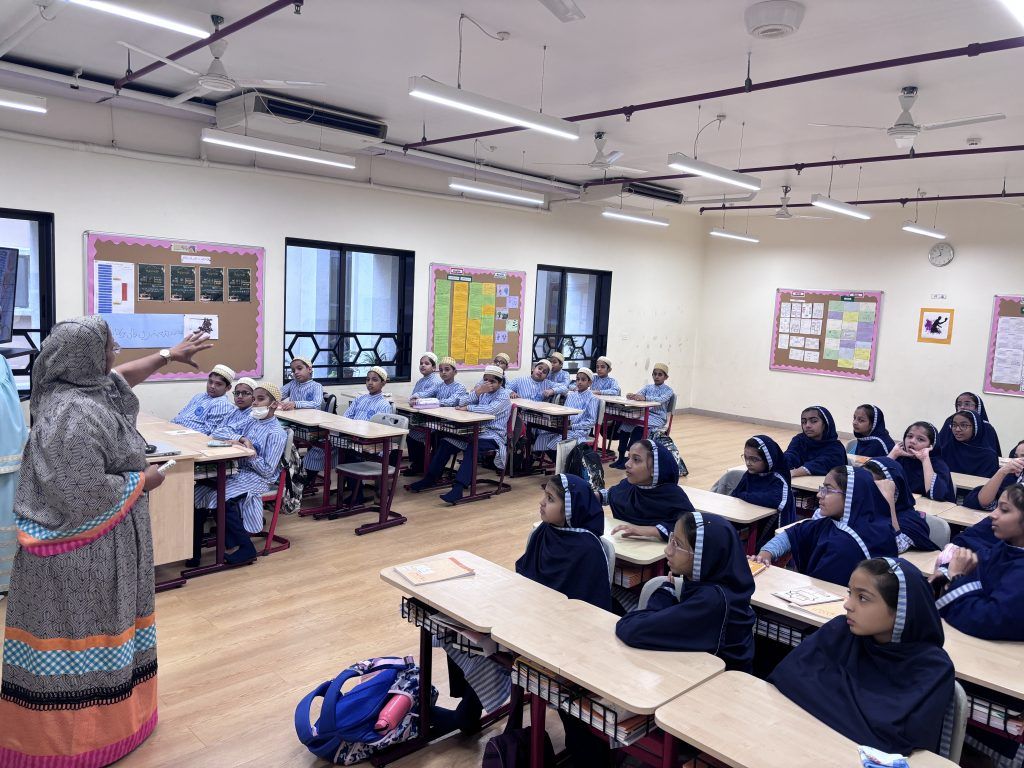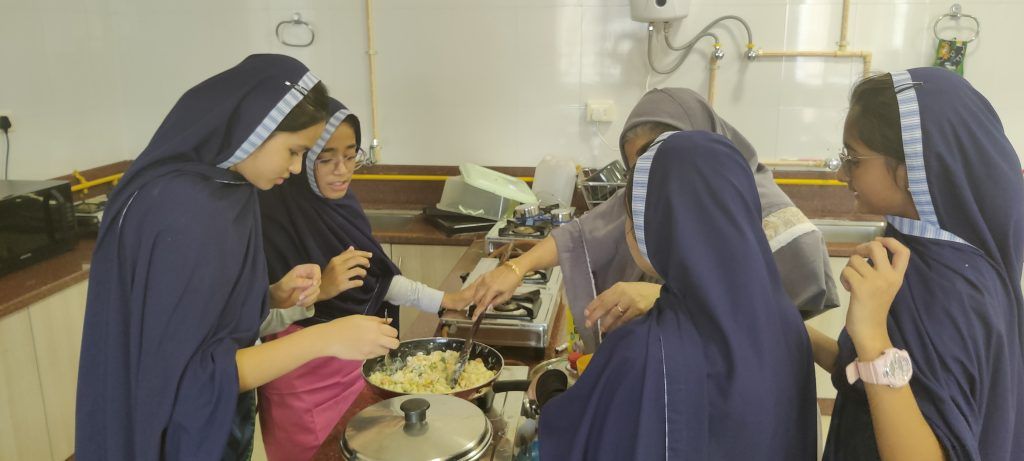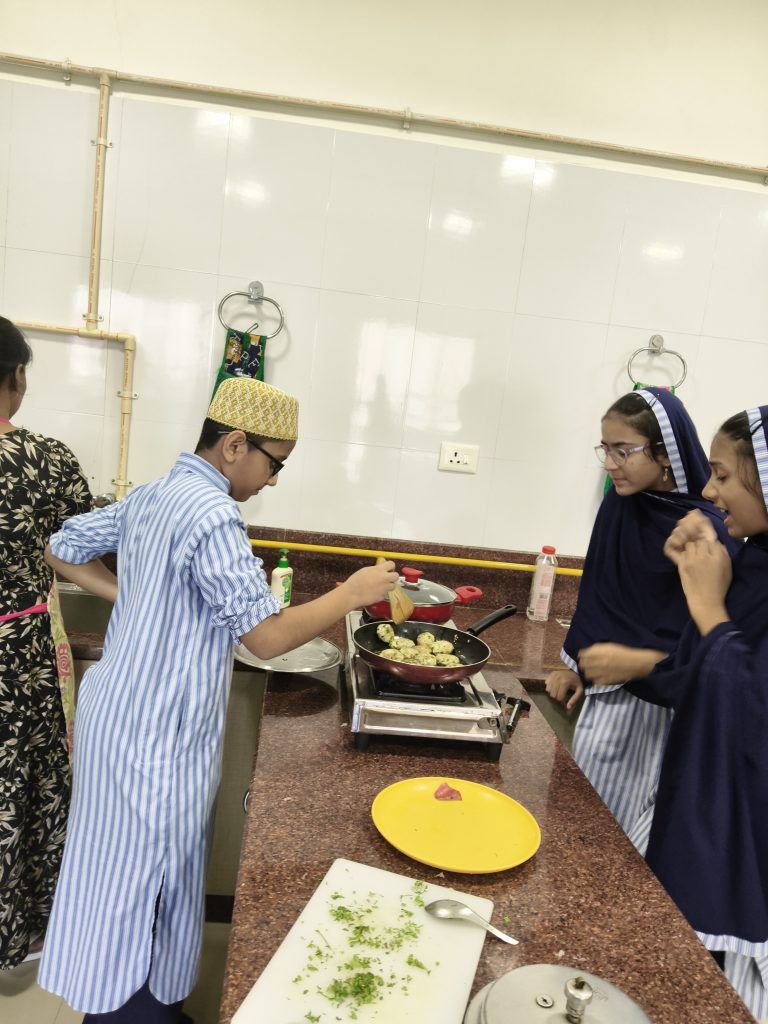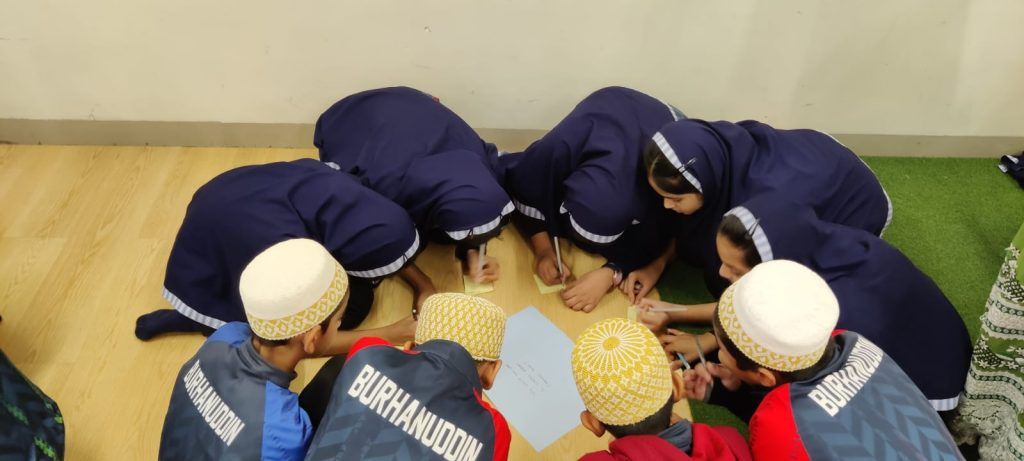Trade – a – Thon
Introduction
The Trade-a-thon was a unique and immersive learning experience that transported our students back in time to the fascinating world of the ancient Silk Route. Designed to highlight the exchange of goods, ideas, and cultures across continents, the event allowed students to step into the shoes of traders and travelers who connected the East and West. By focusing on the civilizations of Rome, China, and Egypt, the program brought alive the vibrancy of one of history’s most influential trade networks.
Exploring Ancient Civilizations
Students conducted in-depth research on the cultural, social, and economic aspects of the chosen civilizations. They explored the cuisine, monuments, languages, and trade practices of Rome, China, and Egypt, identifying the unique contributions of each to global history. The activity encouraged them to go beyond textbooks, using creativity and collaboration to recreate the essence of these ancient worlds.
Bringing History to Life
The event was not limited to academic exploration but extended into role-play and presentations. Students designed stalls and exhibits that showcased the goods once traded along the Silk Route — from silk and spices to precious stones and artifacts. By dressing up, demonstrating cultural practices, and even sharing samples of cuisine, they created an atmosphere that allowed everyone to experience the richness of inter-civilizational exchange.
Learning Beyond the Classroom
Through this activity, students realized that the Silk Route was not just about trade in material goods but also about the exchange of knowledge, ideas, and culture. The event highlighted how collaboration between civilizations led to advancements in science, language, architecture, and daily life. It also emphasized the values of interconnectedness and global unity, drawing parallels to today’s interconnected world.
Conclusion
The Trade-a-thon proved to be both informative and inspiring. By blending research, creativity, and teamwork, the students developed a deeper appreciation of history and its relevance in shaping the present. It was a celebration of curiosity, learning, and cultural exchange — reminding us that knowledge, like trade, thrives when shared across boundaries.

